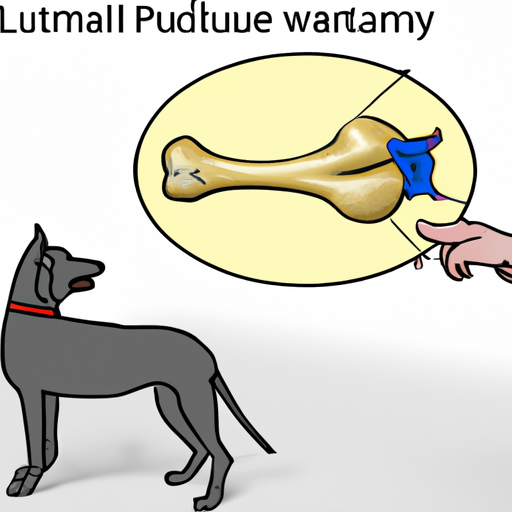Patellar luxation can be a scary term to hear as a pet owner, especially if you’re not sure what it means. Fear not, as you’re about to dive into a comprehensive guide that’ll provide you with all the information you need.
What is Patellar Luxation?
Patellar Luxation, also known as kneecap dislocation, is a common condition in dogs where the patella (kneecap) slips out of its normal anatomical position. This can happen occasionally, or it can be a chronic issue. Typically, this condition affects small dog breeds, but it can occur in dogs of all sizes.
What Causes Patellar Luxation?
There are various causes of patellar luxation in dogs. Here are the top four causes:
- Genetics: Certain breeds are predisposed to patellar luxation, including Toy and Miniature Poodles, Chihuahuas, Yorkshire Terriers, and Boston Terriers.
- Trauma: An injury to the knee joint can cause the kneecap to dislocate.
- Developmental issues: Some dogs may be born with abnormalities that lead to patellar luxation.
- Degenerative diseases: Conditions like arthritis can cause changes in the knee joint and lead to patellar luxation.
Symptoms and Diagnosis
Check for these common symptoms if you suspect your dog may have patellar luxation:
- Intermittent limping
- Difficulty getting up from a lying position
- Reluctance to jump or run
- An abnormal gait
To diagnose this condition, your vet will perform a physical examination and may use diagnostic tools like x-rays.
Treatment Options
The treatment for patellar luxation depends on the severity of the condition. Here’s an overview of the potential treatment options:
- Conservative management: For mild cases, weight management, anti-inflammatory medications, and physical therapy may be enough.
- Surgery: In moderate to severe cases, surgical correction might be necessary.
| Severity | Treatment |
|---|---|
| Mild | Conservative Management |
| Moderate-Severe | Surgery |
Living with a Dog with Patellar Luxation
Living with a dog with patellar luxation requires patience and understanding. It’s essential to:
- Maintain a healthy weight for your pet
- Provide a balanced diet
- Regularly exercise your dog, but avoid strenuous activities
- Keep up with vet check-ups
FAQ
Q: Can Patellar Luxation be prevented?
A: There’s no guaranteed way to prevent this condition as it’s often genetic. However, maintaining a healthy weight and regular vet check-ups can help.
Q: Is patellar luxation painful for my dog?
A: The condition can cause discomfort and pain, especially in severe cases.
Q: How long does it take for a dog to recover from patellar luxation surgery?
A: Recovery time varies, but typically it takes between 6 to 10 weeks.
Remember, it’s crucial to consult with a veterinarian if you suspect your dog has patellar luxation. Your furry friend relies on you, so stay informed, stay vigilant, and give them the love and care they deserve.



